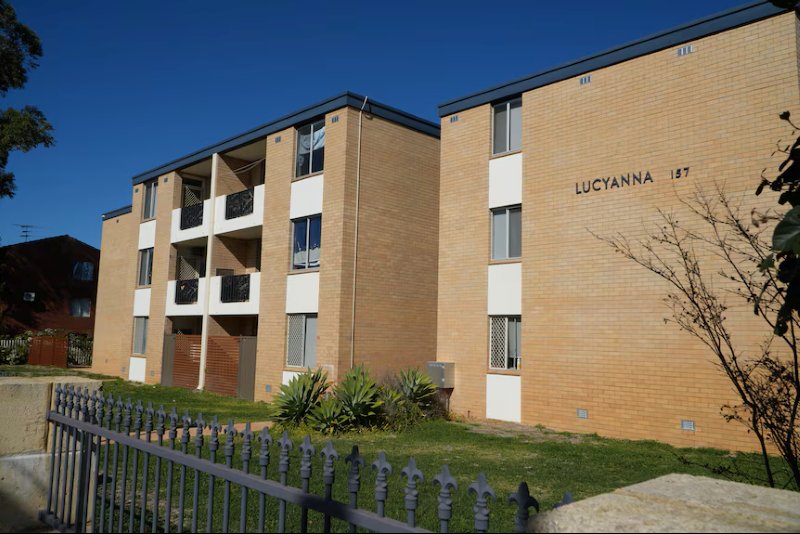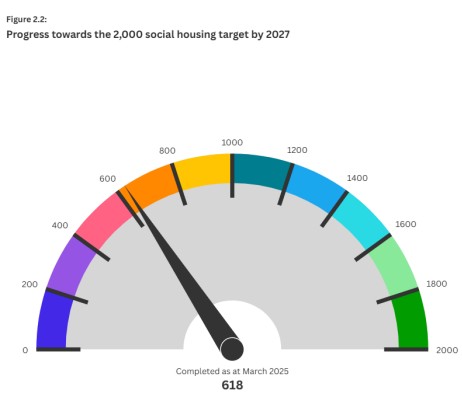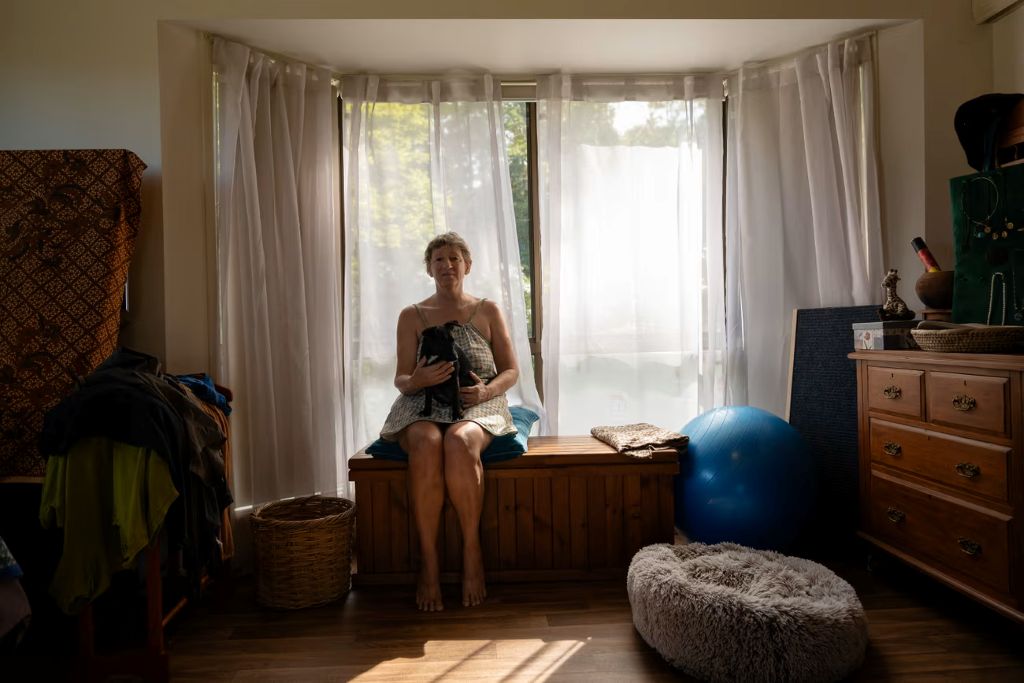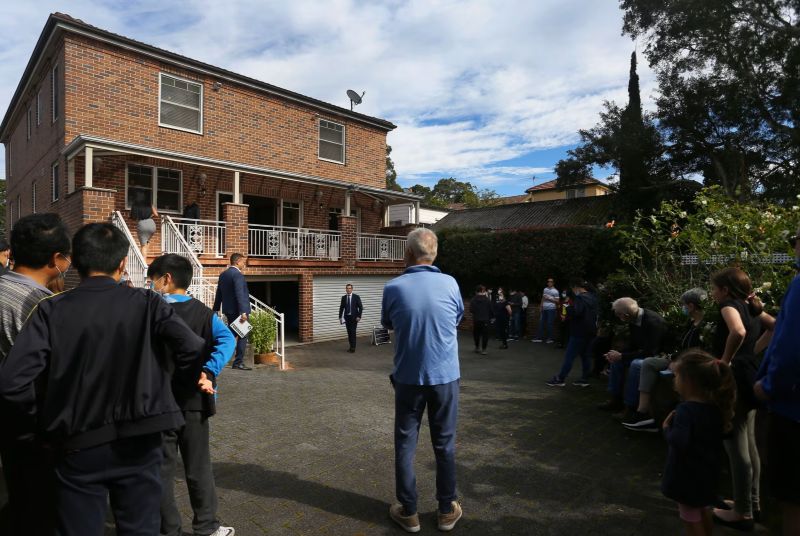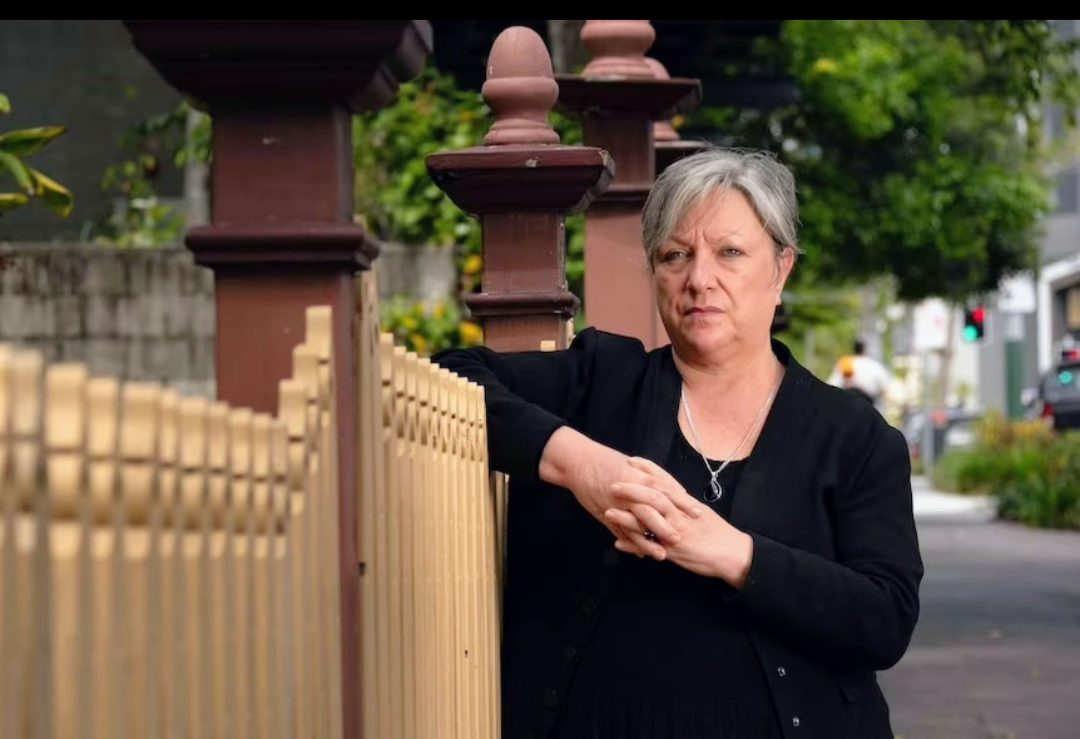Home News
Residents of the inner Perth suburb of Inglewood have expressed their fears after a spate of antisocial behaviour in the…
TasCOSS has unveiled a new, interactive Tasmania’s State of Housing Dashboard that will track a number of housing indicators against the Tasmanian Government’s key…
All venues to be built for the 2032 Brisbane Olympic and Paralympic Games, including the Victoria Park stadium, are set…
This 63-year-old, who may have to live in a camper van, wants to see the major political parties do more…
Labor and the Coalition have launched policies to tackle the crisis, but they shied away from the idea of falling…
The Everybody’s Home campaign is assessing the alignment of policy offerings of parties and candidates with an online commitment tracker….
- News
Residents of the inner Perth suburb of Inglewood have expressed their fears after a spate of antisocial behaviour in the…
- News
TasCOSS has unveiled a new, interactive Tasmania’s State of Housing Dashboard that will track a number of housing indicators against the Tasmanian Government’s key…
- News
All venues to be built for the 2032 Brisbane Olympic and Paralympic Games, including the Victoria Park stadium, are set…
- News
This 63-year-old, who may have to live in a camper van, wants to see the major political parties do more…
- News
Labor and the Coalition have launched policies to tackle the crisis, but they shied away from the idea of falling…
- News
The Everybody’s Home campaign is assessing the alignment of policy offerings of parties and candidates with an online commitment tracker….
- News
One of Queensland’s most expensive neighbourhoods has blocked an “inappropriate” affordable housing project intended to ease the shortage of homes….
- News
The ALP and the Coalition have both made housing a central plank of their bid to woo voters in the…

